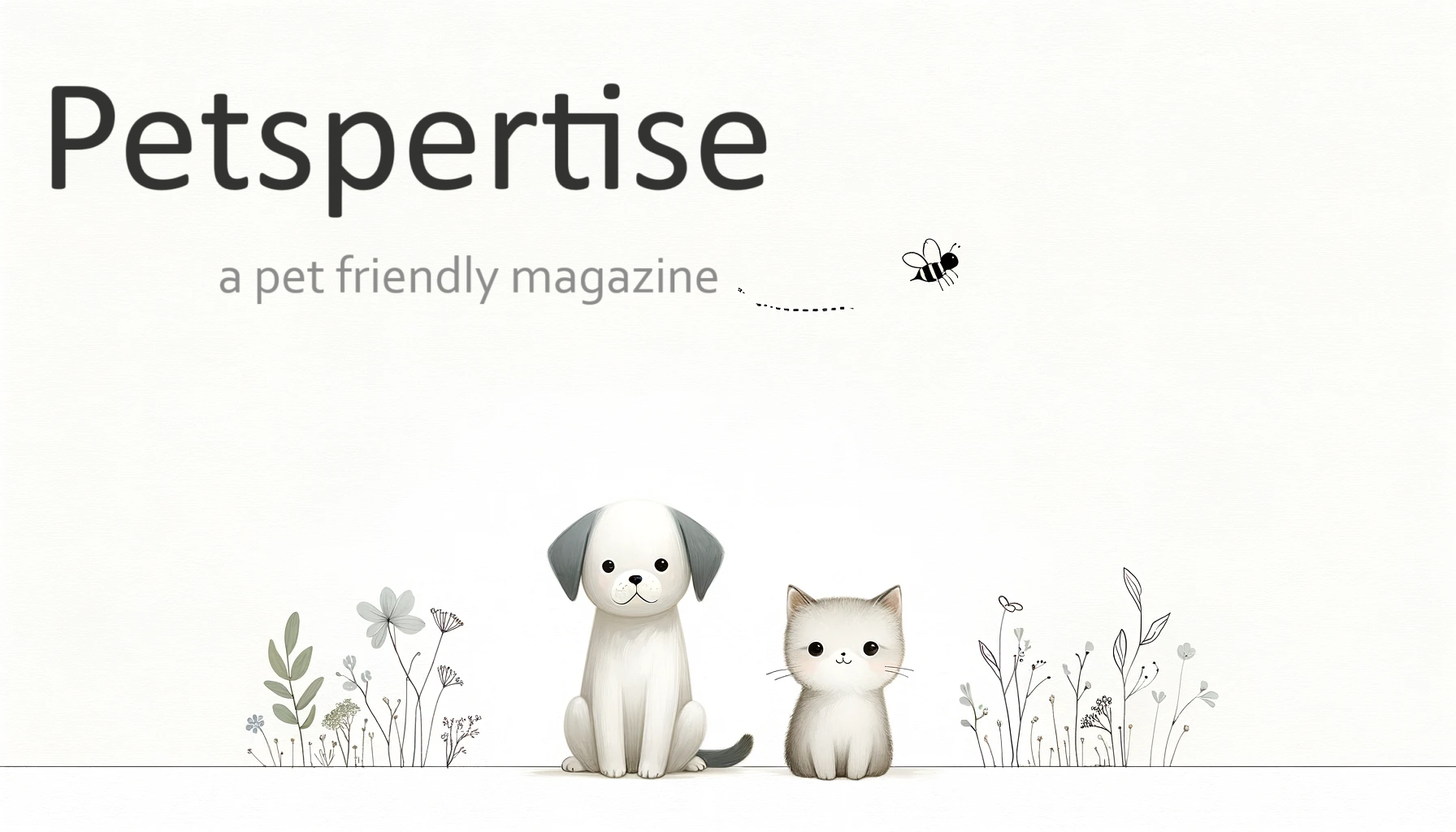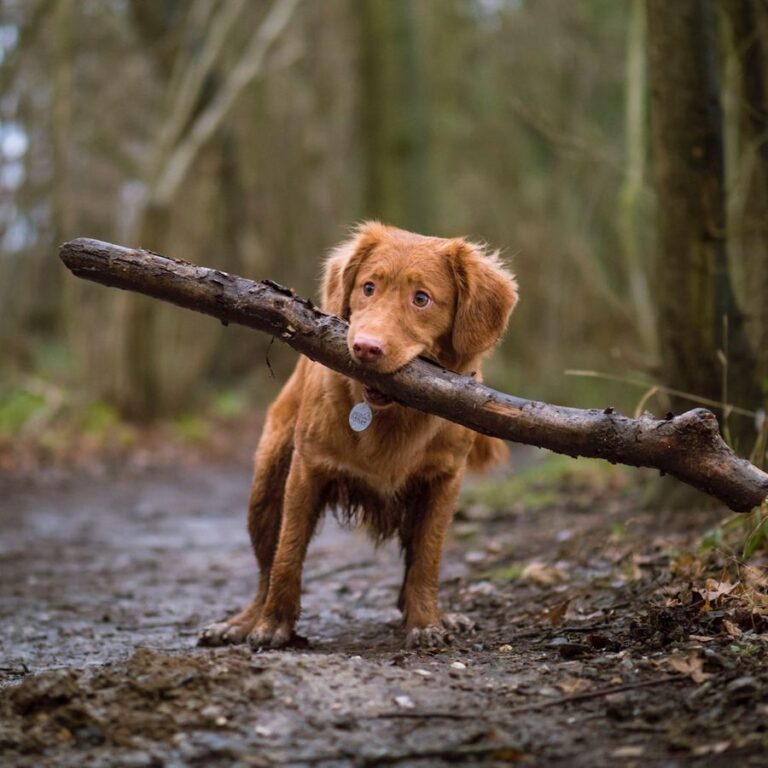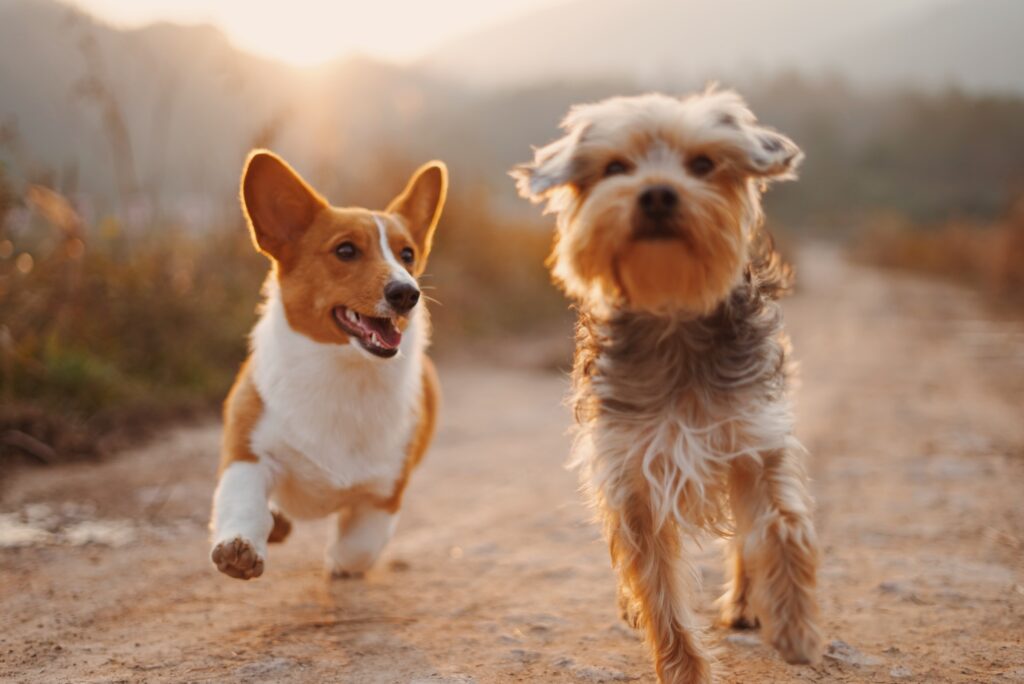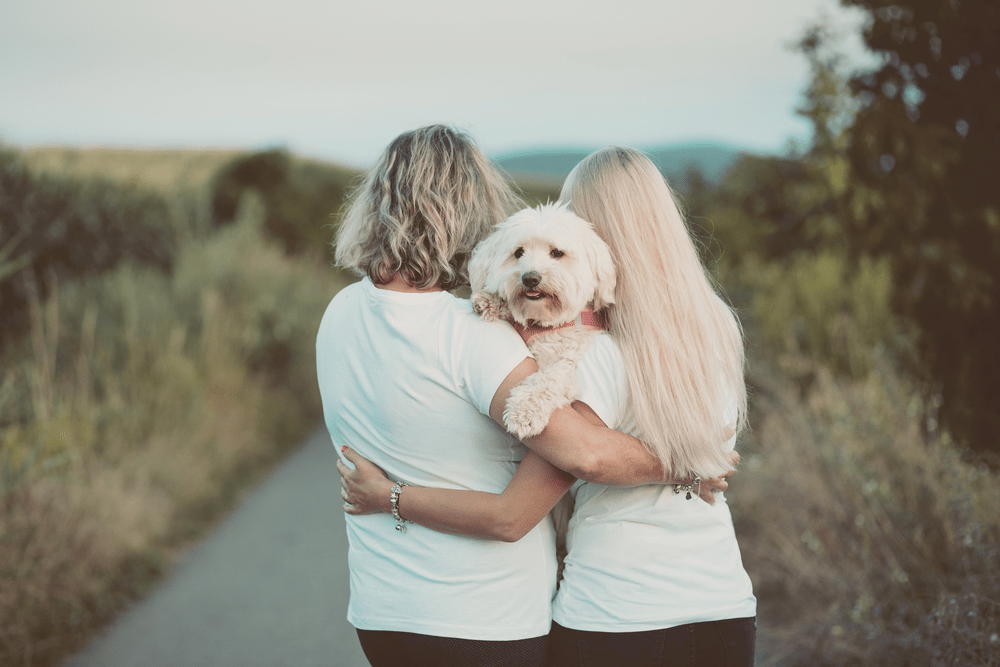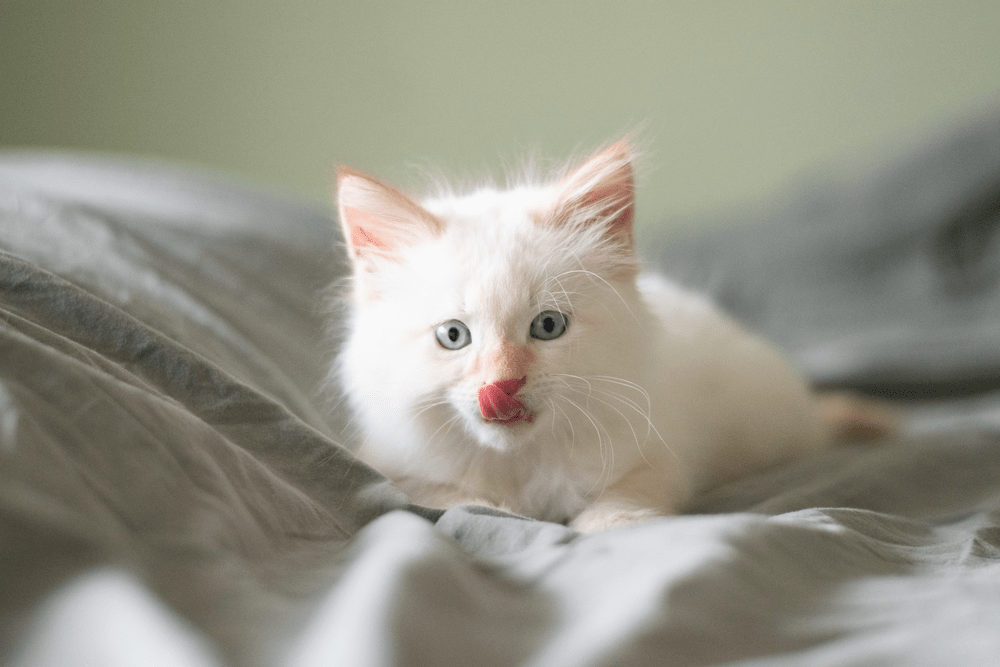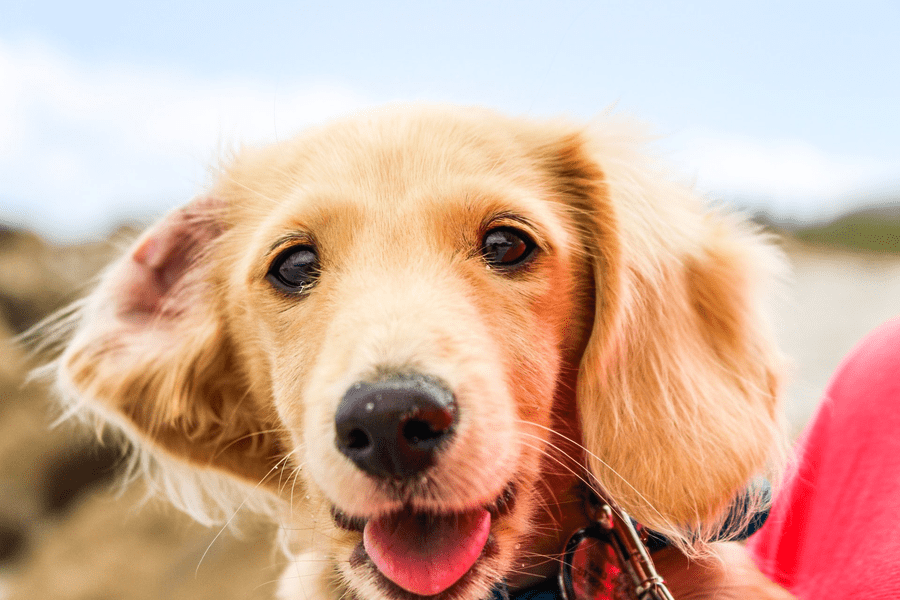Emergency First Aid and Common Choking Hazards For Pets
Choking hazards
This article Explains emergency first aid and common choking hazards for pets.
You’ll often hear of new parents taking first aid courses, or somebody starting a new job that requires basic first aid knowledge.
Rarely do we as pet owners think about the possibility of our pets choking or requiring first aid.
It’s important to know what to do if your cat or dog requires emergency aid; especially when it comes to your pet choking. Whether your pet wolfs food down too quickly or mistakes a small object for a snack; having basic knowledge of what you can do could save your pets life.
DROP IT!
Dogs and cats love putting random objects in their mouths. How many times have you had to say –HEY DON’T EAT THAT!? It is fair to say that any object that fits in your four-legged friends’ mouth can become a choking hazard. The risk of your cat and dog choking is greater during their younger years when our kittens and pups discover objects for the first time. The habit of ingesting non-nutritive items is very common and as pet owners there are preventative measures, we can take to limit unnecessary choking and injuries.
Emergency First Aid and Common Choking Hazards For Pets
There are endless objects that could be classified as a choking hazard for our pets, let’s look at the top 5 most common objects.
5 most common pet choking hazards
1 | Sticks
Although sticks are not a common object found in our homes, they are still considered a choking hazard that results in obstructions, esophageal and intestinal perforations. Often when we take our dogs for a walk, we end up returning home with one extra item, the stick. The same stick that your proud pup picked up on the walk, a glorious achievement of any proud dog. There is nothing wrong with letting your dog pick out a stick and carry it on the walk but when it’s time to come back inside we should leave the stick behind.
The stick can easily become a choking hazard whenever we allow our pups to bring the stick inside with them. Typically, our dogs will continue to chew on the stick and as pet parents we move on to our own task often leaving our dogs to their own devices. As the dog continues to chew the stick, the once strong and firm peace of a tree branch ends up in pieces very quickly. As the stick starts breaking down into smaller pieces our dogs run the risk of swallowing the small sharp shreds.
The sharp shreds can become stuck deep in their throats and in some cases the sharp splinters can become imbedded in the tongue, gums, and throat. This situation can easily be avoided by teaching your pup to drop the stick before entering back inside. If you do allow chewing of sticks, it is a good habit to check your dog’s mouth for any lose pieces of wood and splinters. Sometimes the pieces will not be visible to the human eye or simply missed during the inspection.
If your dog is suffering from an imbedded splinter, you may notice inflammation around the gum line and tongue, your dog may begin to paw its mouth, become lethargic and lose its appetite. If you observe any of these symptoms, you will need to bring your dog to a veterinarian clinic for an examination.
2 | Food
Choking on food typically applies to felines however items such as chicken bones and foods wrapped in plastic can pose a risk to Fido, whereas cats aren’t usually interested in large food items. You may have come across several trending videos of cats taking unusually large mouthfuls of food. While these videos may be interesting and funny to watch, a mouth full of dry food can pose a serious choking hazard especially if the cat becomes spooked and jumps away mid feast.
If you notice that your cat takes full mouthfuls of food, you can try using a tilted bowl. The tilted bowl is designed with our cats in mind. It corrects the cat’s angle when they reach for their food. What this means is in order for your cat to gather food, they will need to pick the food out of the bowl in a forward motion rather than a downward motion.
In many cases this bowl has been proven to solve this issue. You may also try a slow feeder bowl or eliminate free feeding. By eliminating free feeding, you’re able to set a schedule for your cat’s feeding time, this way you will know exactly when your cat is eating, and you will be present in case they start to choke.
3 | Bones
Bones can be a delightful treat for your pooch. To be on the safe side, you should avoid cooked bones, such as steak bones, chicken bones, and turkey bones due to their brittle nature. While taking a stroll in the pet store you may have noticed an abundance of Rawhide bones. There are several reasonable arguments why you should or should not allow your dog to chew on Rawhide bones.
If your dog is an aggressive chewer, the rawhide bone can become a choking hazard if your dog bites off a bigger chunk. The bone becomes slippery and wet and can easily slide down into the throat and cause a blockage in the airways. A great alternative to bones would be deer antlers.
Deer antlers come with a bigger price tag, but they are a healthier alternative to regular bones, they last longer and are a delicious treat for your pooch. Antlers contain a bone marrow center which is packed with plenty of nutrients, minerals and taste great. Deer shed their antlers between January and March, if you live in an area with deer, bring fido along for a nice forest walk, chances are one of you will spot some antlers. We do not recommend Deer antlers for senior dogs as they may be too hard on their teeth.
4 | Children’s toys
Lego, bouncy balls, and puzzle pieces, every kid’s got em! Children love play time but not some much the cleanup. Small toys laying around the house can spark your pooch’s curiosity. Toddlers love to put things in their mouths and your pooch is no exception. Unless your dog has perfect self-control, all small toys should be put away after playtime or at least out of reach of Fido.
Children’s toys come in many different shapes and sizes and something like a rubber bouncy ball can easily obstruct the airways if accidently swallowed. The important takeaway here is to teach your pooch the difference between human objects and dog toys. A simple correction whenever your dog picks up a children’s toy can minimize an accident. Check out – How to Stop a Puppy (or Adult Dog) From Chewing Everything at PetMD.com
5 | Stringy Objects
Who needs a Roomba when you have a cat? If your cat is anything like mine, you may have noticed that they are efficient cleaning machines. I often observe her eating fluffs from the surface of the couch in preference to her own food. Many cats are attracted to stringy objects such as shoelaces and elastic bands.
It’s fair to say that these objects don’t pose a real risk to humans but for cats these objects can quickly become a choking hazard. If ingested the elastic band or shoelace can become stuck in the digestive tract (foreign body obstruction). The string can also bunch up inside of the cats stomach and wrap around the intestine (gastrointestinal blockage)
Learn more about Gastrointestinal blockages here – PedMD – Gastrointestinal blockages.
This kind of blockage is an emergency that requires immediate medical care. Your cat may not eat until the foreign object is removed. If you notice an object sticking out of the mouth, under the tongue, or protruding from the anus, it is very important that you do not attempt to remove or pull the object on your own.
These types of unfortunate accidents are most likely to happen during the holiday season. When wrapping presents be sure keep ribbons, tinsel and wrapping strings close by and away from your cats.
Here are 4 easy steps to follow if you suspect your cat or dog is chocking. Even after the obstruction has been removed, your pet should be evaluated by a veterinarian to rule out any injuries sustained from the procedure.
Emergency First Aid and Common Choking Hazards For Pets
Signs that your pet is choking:
- Rubbing paw against mouth
- Coughing
- Salivating
- Gagging or retching
- Distress or panic
Emergency First Aid and Common Choking Hazards For Pets
Steps to take if your pet is choking:
1 | Lift up their back legs. This may be enough to force the item out of their throat and they will cough it up themselves. On a personal note, I have had to do this twice, with two different cats and thankfully it dislodged the food items both times. If this does not work,
2 | If you are close to an emergency vet, now is the time to go. Make sure that you have the number of your local emergency vet saved in your phone. Don’t forget there is no 9-1-1 for pets. If you are too far to get to an emergency vet on time.
3 | Perform the Heimlich maneuver; make a fist with both hands and place at the base of your pet’s ribcage. Applying gentle, yet firm pressure thrust toward the lungs,
4 | Give your pet a series of sharp blows on the back. ( this may sound aggressive however when faced with such an emergency your pet’s life may depend on it).
It is important to note that you do not want to stick your fingers into your pet’s mouth. Animals that are choking are also panicking and may try to bite despite them being man’s best friend.
It is always a good idea to book your fur baby in with the vet after any choking occurs.
Even when the object is dislodged, there may be trauma that you cannot see. If you cannot dislodge the item, and your pet loses consciousness, begin performing CPR.
For more pet safety tips see | Tips to keep your pets safe this winter
